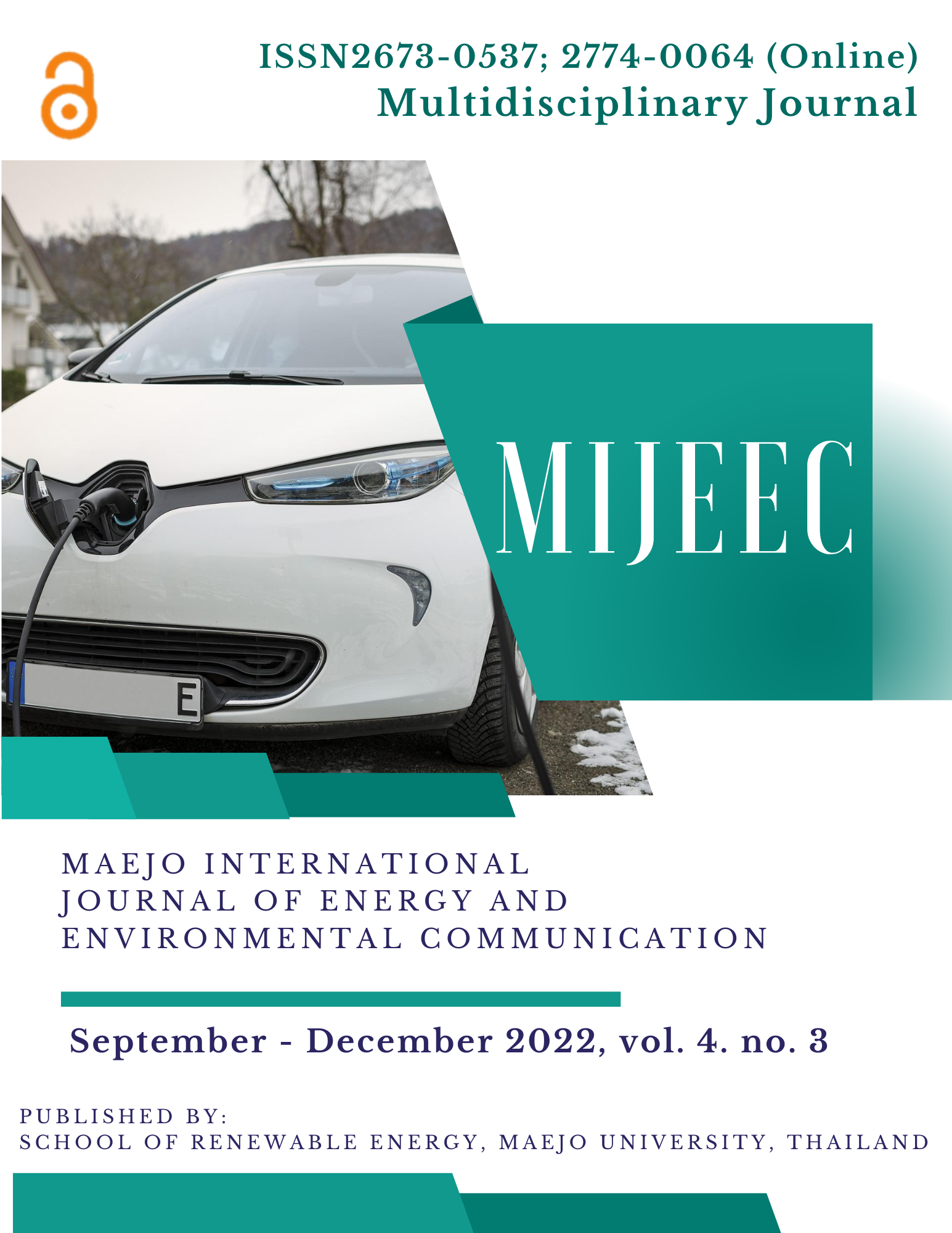Assessing nutrient budget of ungauged catchment using intermittent water quality markers
Main Article Content
Abstract
This study is a preliminary spatial-temporal assessment method of the ungauged catchment to determine the variation in water quality (WQ) and the land use influence on river basins’ health. The intermittent WQ data, the principal component analysis, and the redundancy analysis were used to evaluate the (dis)similarity among the 10 ungauged streams and their significance in the entire catchment. These revealed some similarities/differences in nutrient pollution and latent land-use influence on the streams’ health. There were similarities between R6-R7, R9-R10, among R1 to R4 basins, while R5 and R8 had distinct variances in their WQ dynamics. The intensive vegetable and rice production in R5, R7, R8, R9, and R10 basins were the major sources of high nutrient concentrations. The unique variations, especially in R5 and R8 basins could be attributed to other different pollution sources. Hence, it’s of great significance to carry out comprehensive research in the above 5 river basins. That is the efficiency of management practices, identification of pollution sources, and the extent to which the elevated nutrients in the streams interact with biota within the river regime. This research offers a method to evaluate WQ dynamics in relation to human interferences in river basins of a catchment with limited data under similar climatic conditions.
Article Details
How to Cite
Angalika, M. W., Suzuki, S., Le-Huynh, T.-L., Itayama, T., & Tanaka, W. (2022). Assessing nutrient budget of ungauged catchment using intermittent water quality markers. Maejo International Journal of Energy and Environmental Communication, 4(3), 1–10. https://doi.org/10.54279/mijeec.v4i3.247534
Section
Research Article

This work is licensed under a Creative Commons Attribution 4.0 International License.
Copyright © 2019 MIJEEC - Maejo International Journal of Energy and Environmental Communication, All rights reserved. This is an open-access article distributed under the terms of the Creative Commons Attribution-NonCommercial- Attribution 4.0 International (CC BY 4.0) License






